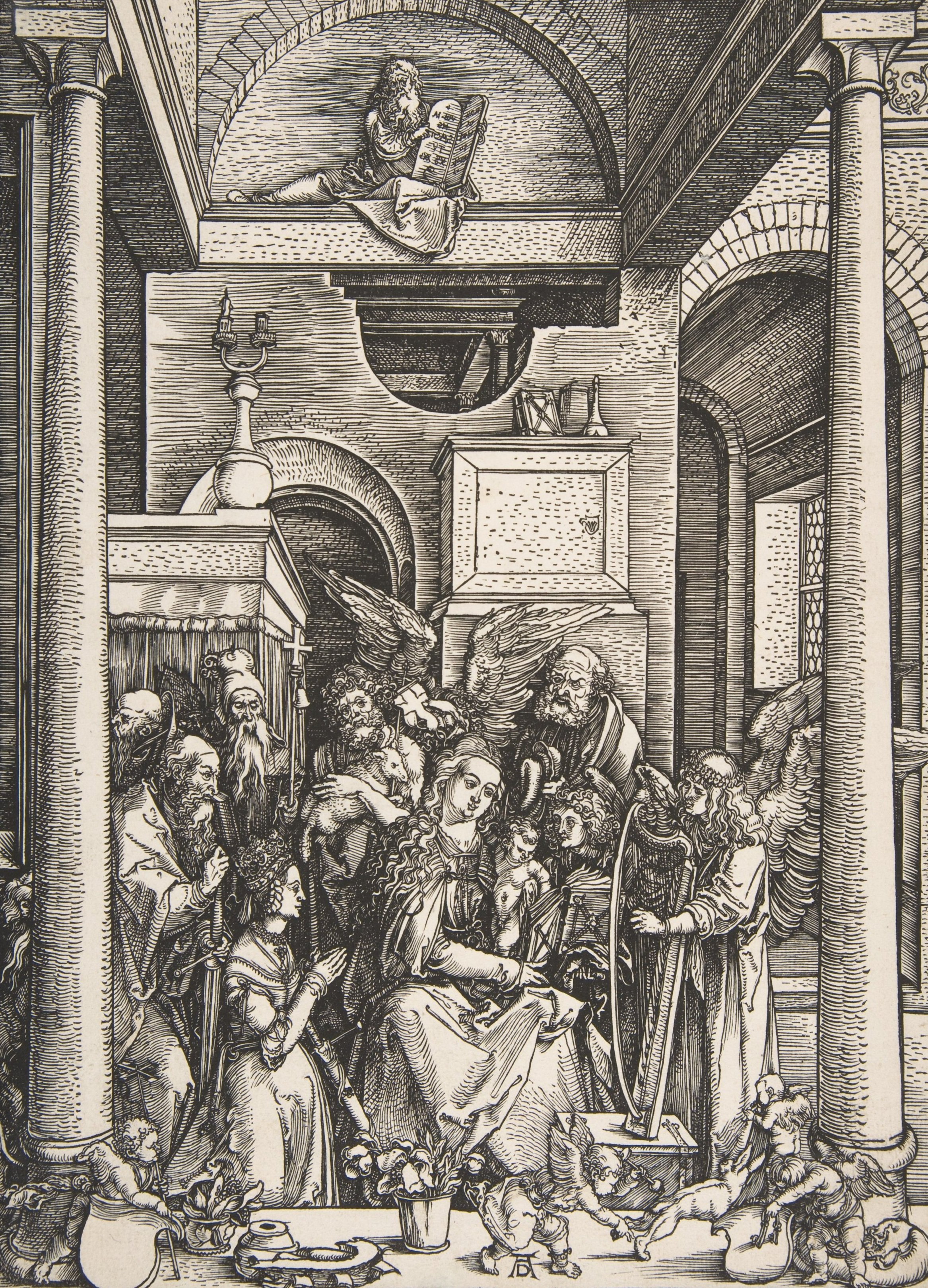
Exhibitions
Albrecht Dürer’s Material Renaissance
Arts West Gallery, The University of Melbourne
22 July – 29 November 2024
Virtual exhibition: https://discover.matterport.com/space/Fp8Bg7rsJAm
Albrecht Dürer’s Material Renaissance explores how printmaking forged novel, engaging, and creative ways of living, knowing, and making the world. The exhibition brings to life the intense focus on materiality generated by one of the most innovative Renaissance artists, Albrecht Dürer – and also the material world of one of the most influential cities of the Renaissance: Nuremberg. Through a detailed examination of Renaissance Nuremberg’s artistic and print culture, the exhibition explores themes including music and dance, weaponry and conflict, fashion, bodies and social relations, religious piety and persecution, and daily life in Renaissance households. Drawing on the University of Melbourne's remarkable collection of early modern prints and books, as well as loans from the State Library Victoria, exhibits include some of Dürer’s most famous prints, including Melencolia I, and other treasures including the Nuremberg Chronicle and a leaf from the Gutenberg Bible.
The exhibition zooms in and out from Nuremburg, Europe’s most innovative printing hub at the turn of the sixteenth century. Nuremberg’s success was grounded in its rich political and trading networks and intense intellectual and commercial engagement amongst craftspeople, artists, and humanists, both within and beyond Europe’s borders. Works by Dürer will be complemented by prints of other Renaissance artists in his circle, and by books from Nuremberg as well as the city’s network of trading and artistic partners, including Venice, Augsburg, Strasbourg, Basel, and Paris.
For more information, see the Arts West Gallery webpage for the exhibition.
Albrecht Dürer, Melencolia I, 1514. Prints Collection, Archives and Special Collections, University of Melbourne.
Albrecht Dürer’s Material World
The Whitworth, The University of Manchester
30 June 2023 – 10 March 2024
Albrecht Dürer’s Material World, the first major exhibition of the Whitworth’s outstanding Dürer collection in over half a century, will offer a new perspective on Dürer as an intense observer of the worlds of manufacture, design, and trade that fill his graphic art. Juxtaposing woodcuts, etchings, and engravings with a range of objects from Dürer’s time, including armour and tableware, books and scientific instruments, textiles and exotic artefacts, this exhibition will highlight the ingenuity and skill with which this leading figure of Europe’s print revolution represented his material world.
Albrecht Dürer’s Material World invites visitors to enter into three thematic spaces of creation and creativity in Renaissance Germany: the home, the workshop, and the scholar’s study. Artworks and objects in these three rooms will expose understudied aspects of Dürer’s art and practice, including his attentive study of objects of daily domestic use, his involvement in economies of local manufacture and exchange and the microarchitectures of local craft, and, finally, his attention to the furnishings and artefacts tied to cultures of natural and philosophical inquiry and learning. This exhibition’s novel approach reconsiders how a changing Renaissance material world, characterised by increasing globalization, sparked artistic creativity and major innovations in the production of art and craft in Dürer’s native Nuremberg and beyond. It also brings a new perspective to the history of collecting Dürer’s art in the northwest of England and to the role that local collectors – many themselves involved in trade, industry and design – played in amassing one of the country’s most significant holdings of this Renaissance artist’s graphic work.
For more information, see the Whitworth's webpage for the exhibition.
Albrecht Dürer, The Sea Monster, 1498-1501. The Whitworth, The University of Manchester, P.3017, Gift of George Thomas Clough, 1921 © The University of Manchester.

